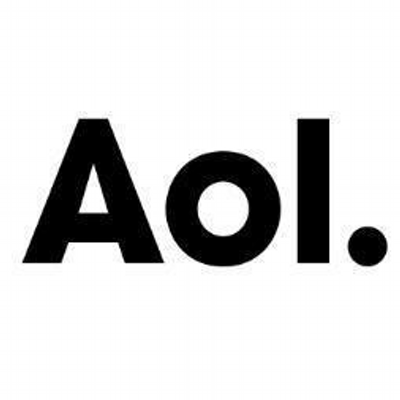What: Verizon-owned AOL will start managing and selling Microsoft‘s display advertising inventory across several platforms including MSN, Outlook.com and Skype following a 10-year search-and-advertising partnership. The deal includes all major markets, including the US (U.S. Hispanic), the UK, Canada, France, Germany, Spain, Japan, Italy and Brazil, which stands for more than 60% of Microsoft’s ad revenue.For the next ten largest markets, many of them in Western Europe, Microsoft says it will go “all in” on programmatic through its key ad tech partner, AppNexus.. In addition, AOL will end its search distribution relationship with Google in order to accept Bing,
Why it matters: While Microsoft wants to stay in the content business including the MSN properties, it wants to outsource the monetization of that content to third parties.

 Thanks to 10-year search-and-advertising partnership, Verizon-owned AOL will start managing and selling Microsoft‘s display advertising inventory across several platforms including MSN, Outlook.com and Skype.
Thanks to 10-year search-and-advertising partnership, Verizon-owned AOL will start managing and selling Microsoft‘s display advertising inventory across several platforms including MSN, Outlook.com and Skype.
Around 1,200 Microsoft employees will get offer letters from AOL, most of them in ad sales, under the deal.In addition, AOL will end its search distribution relationship with Google in order to accept Bing, Microsoft’s web search engine unveiled in 2009, on all its mobile and desktop properties – giving Microsoft an additional 1-2% of search market share carved directly from Google’s lunch. That part of the partnership kicks off in January 2016.
Following this deal, AOL will be responsible for all of Microsoft’s entire media portfolio including display, mobile and video advertising on MSN, Windows, Outlook.com, Skype and Xbox and in nine markets including the US, the UK, Canada, France, Germany, Spain, Japan, Italy and Brazil, which stands for more than 60% of Microsoft’s ad revenue.For the next ten largest markets, many of them in Western Europe, Microsoft says it will go “all in” on programmatic through its key ad tech partner, AppNexus. Nearly all media supply Microsoft controls in those countries will become traded programmatically, not merely the remnant portions.
Microsoft’s deal-making process estimated AOL could receive between 20% and 30% of ad revenues generated by sales of Microsoft inventory.For AOL, which was recently purchased by Verizon in a US$4.4 billion deal ,the deal represents an opportunity to increase its digital advertising clout at a time when considerable power is accruing to Google and Facebook.
“We believe this is a scale play to become another alternative to our competitors,” said AOL president Bob Lord. “A lot of this deal is frankly getting to the younger demo, and not just programmatic platform offerings but also programmatic content offerings. That’s what they’re asking for: not just a campaign platform but a content platform.”
Microsoft has also confirmed that it will no longer collect its own map data but will continue to offer Bing Maps.Microsoft will similarly sell some of its technology to the ride-sharing company and 100 workers will transition to Uber. No finances regarding the deal were disclosed.
Microsoft’s key ad tech partner:AppNexus
AppNexus, Microsoft’s key ad tech partner until now and a company in which it holds significant equity via a 2010 investment, will remain the technology platform in the top nine markets where AOL has taken the rein,which means its position is secured for the time being.
Even though AOL offers a sell-side platform of its own, it’s unclear whether it has the technology chops to process the high volume of bid activity that Microsoft’s inventory brings in.AppNexus and Microsoft issued a press release to announce a “multi-year” extension of their technology agreement, to avoid any misunderstanding. AppNexus traffics Microsoft inventory in 39 markets.
“From our side we don’t think we have an unprofitable sales force. We’ve run our business pretty efficiently,” said Rik van der Kooi, corporate VP at Microsoft and the most senior executive in charge of Microsoft’s ad platforms business.”Irrespective of any deal, the move towards programmatic allows us to reexamine [how we structure our media sales]. It’s a focus on the opportunity we have.”







